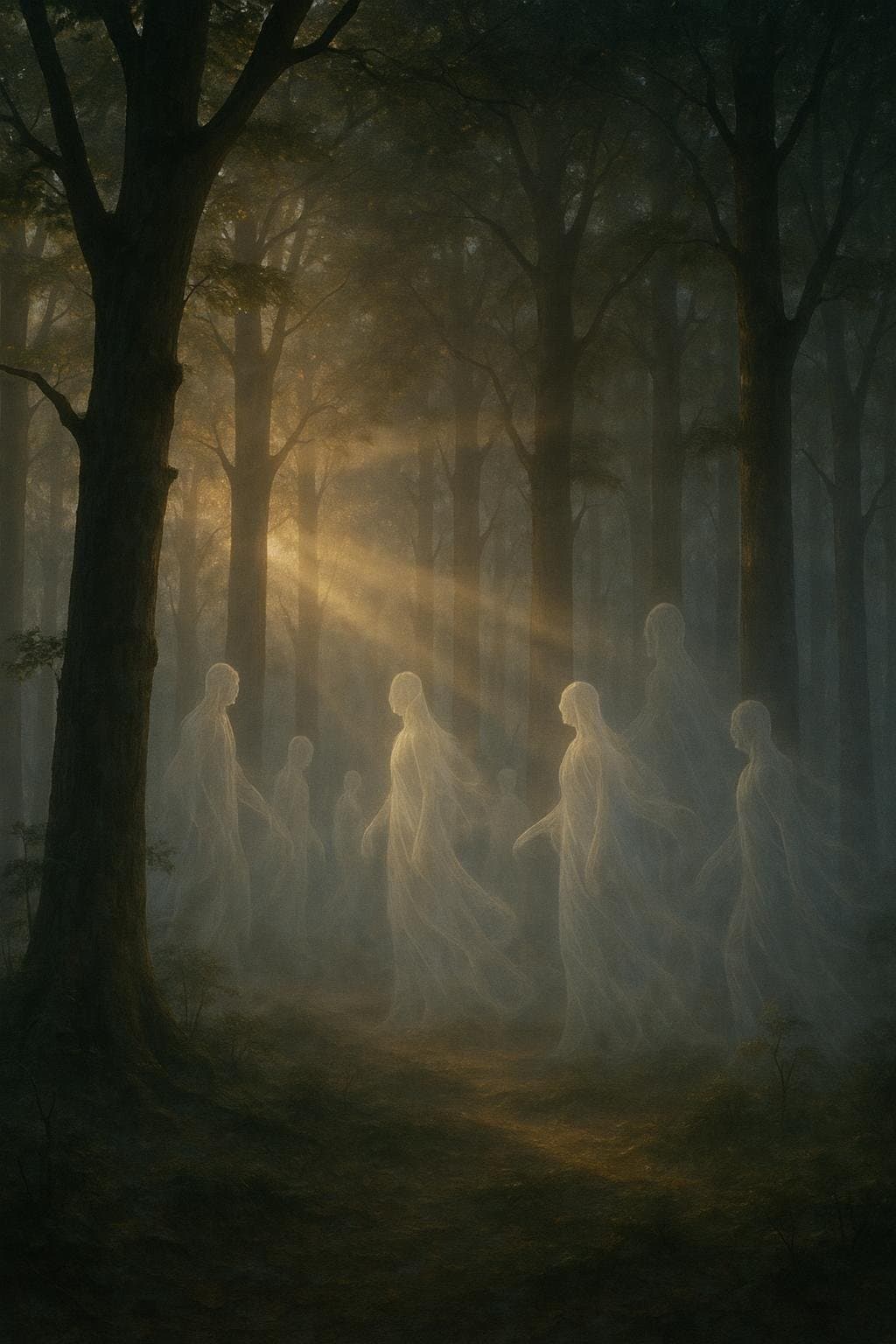The Poet Is the Priest of the Invisible – Wallace Stevens

The poet is the priest of the invisible. — Wallace Stevens
Role of the Poet as Intermediary
Wallace Stevens likens the poet to a priest, a figure who mediates between the visible and invisible realms. Just as priests interpret spiritual mysteries for the congregation, poets give form and language to intangible feelings and abstract truths. In T.S. Eliot’s *Four Quartets* (1943), poetry becomes a means to approach and articulate the ineffable.
The ‘Invisible’ in Poetry
The 'invisible' refers to the unseen aspects of life: emotions, ideas, and realities that resist direct observation. Poets make these unseen elements perceptible through imagery, metaphor, and rhythm. Emily Dickinson’s verse—'That Love is all there is, Is all we know of Love' (1890)—renders an abstract feeling palpable.
Imagination and Creative Vision
Stevens's statement emphasizes the poet’s imaginative power to reveal what lies beyond ordinary perception. His own poem, 'The Idea of Order at Key West' (1934), illustrates how poetic imagination shapes reality, with the singer’s song conjuring visions not physically present yet deeply felt.
Sacred Work of the Poet
By using the term 'priest,' Stevens elevates poetry to a sacred act, suggesting a responsibility to truth, beauty, and revelation. Much like the bardic role in ancient Celtic societies—who were considered mediators between the human and spirit worlds—the poet’s craft is depicted as noble and transformative.
Historical and Philosophical Context
In the modernist era, artists often sought new ways to connect with the mysterious and the ineffable. Stevens’s metaphor resonates with the Symbolist movement, as seen in Stéphane Mallarmé’s belief that poetry reveals 'the pure notion of things.' This underscores the poet’s ongoing quest to capture what cannot easily be seen or said.